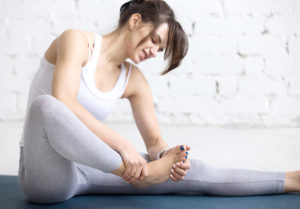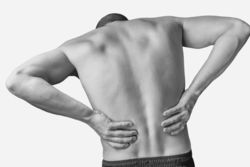Pregnancy Exercise and Physiotherapy – some key benefits (Part 1)
 So many soon to be mums are unsure about exercising in pregnancy and what they can do safely in pregnancy.
So many soon to be mums are unsure about exercising in pregnancy and what they can do safely in pregnancy.
Pregnancy can cause havoc on the body with extra weight that the muscles and joints have to handle, the associated hormones which have an affect on ligaments becoming more flexible and more pressure on joints due to the loss of ligament support, plus changes to our centre of gravity, just to name a few!





